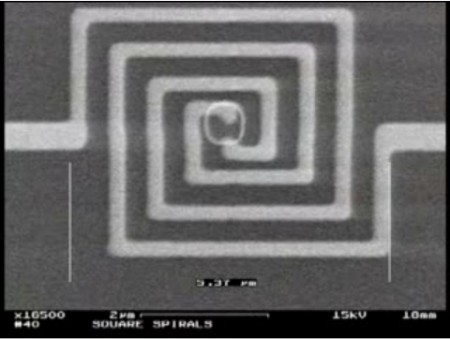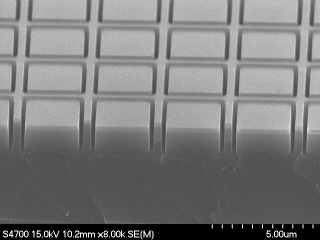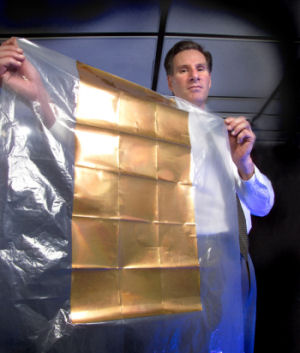May
17
Getting the Heat to Pay and Payback
May 17, 2011 | Leave a Comment
Enormous amounts of thermal energy arrive each day in solar energy and a huge share of the thermal or heat energy we consume is simply lost to the air to radiate away into space. With only a little engineering know how, realization of the losses are appalling.
Steve Novack at the Idaho National Laboratory whose nano antenna idea from 2008 that is such an impressive theory has made some worthwhile progress. We see a lot of ideas go by here, but when one of the best makes headway the sense of success is quite gratifying.
This time the key man is Patrick Pinhero, now an associate professor in the University of Missouri’s Chemical Engineering Department. The progress he’s made working with Novack and Dr. W. Dennis Slafer at the company MicroContinuum in Massachusetts covers progress in overcoming the significant technological barriers. The first is development of frequency-dependent modeling of double-feedpoint square spiral “nantenna” (a new nanoantenna acronym) elements. Second is the selection of materials with proper THz (terahertz) properties, and third and most importantly, development of novel manufacturing methods that could potentially enable economical large-scale manufacturing.
The threesome are showing in a paper published in the Journal of Solar Energy Engineering that nantennas can collect infrared energy and induce THz currents and have also developed cost-effective proof-of-concept fabrication techniques for the large-scale manufacture of simple square-loop nantenna arrays. Future work is planned to embed rectifiers into the double-feedpoint antenna structures. This work represents an important first step toward the ultimate realization of a low-cost device that will collect as well as convert this radiation into electricity. This should lead to a broadband, high conversion efficiency low-cost solution to complement conventional PV devices.
When we looked in on the team three years ago with high hopes, the initial concept of designing nantennas was based on scaling of radio frequency antenna theory to the infrared and visible regions. That route initially proved unsuccessful because the optical behavior of materials in the THz region was overlooked and, in addition, economical nanofabrication methods were not previously available to produce the optical antenna elements.
Back three years ago the expectation was getting to 80% efficiency. Improvements are pushing that number up as well. The UM press release is now offering that Pinhero’s work take the nantenna flexible solar sheet capture to more than 90 percent of available light. Pinhero’s plan is to make prototypes available to consumers within the next five years.
The nantennas are known for their infrared radiation gathering pointing to harvesting the heat from industrial processes and converting it into usable electricity. The group’s ambition is to extend this concept to a direct solar facing nantenna device capable of collecting solar irradiation in the near infrared and optical regions of the solar spectrum. It’s a worthy idea. Sit in the sun all day and if movable, shift the array over some dark hot rocks and generated power into the night.
Nantennas have extensive potential.
We knew three years ago that the nantenna arrays pumped electrical current at extreme terahertz frequencies. The team has now developed a way to extract electricity from the collected heat and sunlight using special high-speed electrical circuitry.
Pinhero says, “Our overall goal is to collect and utilize as much solar energy as is theoretically possible and bring it to the commercial market in an inexpensive package that is accessible to everyone. If successful, this product will put us orders of magnitudes ahead of the current solar energy technologies we have available to us today.”
Things are moving now. The team is working to secure funding from the U.S. Department of Energy and private investors. The second phase features an energy-harvesting device for existing industrial infrastructure, including heat-process factories and solar farms.
The next five years could also see a product that complements conventional PV solar panels. Because it’s a flexible film, Pinhero believes it could be incorporated into roof shingle products, or be custom-made to power vehicles.
With investment other markets come into view. Pinhero envisions several commercial product spin-offs, including infrared (IR) detection. These include improved contraband-identifying products for airports and the military, optical computing, and infrared line-of-sight telecommunications.
If it gives off any heat, the antenna can make some power out of it.
Let’s wish these guys the best of luck, getting the vision right and some funding. Everything that gets hot is a power source, and it just a shame to let is all simply get away.




